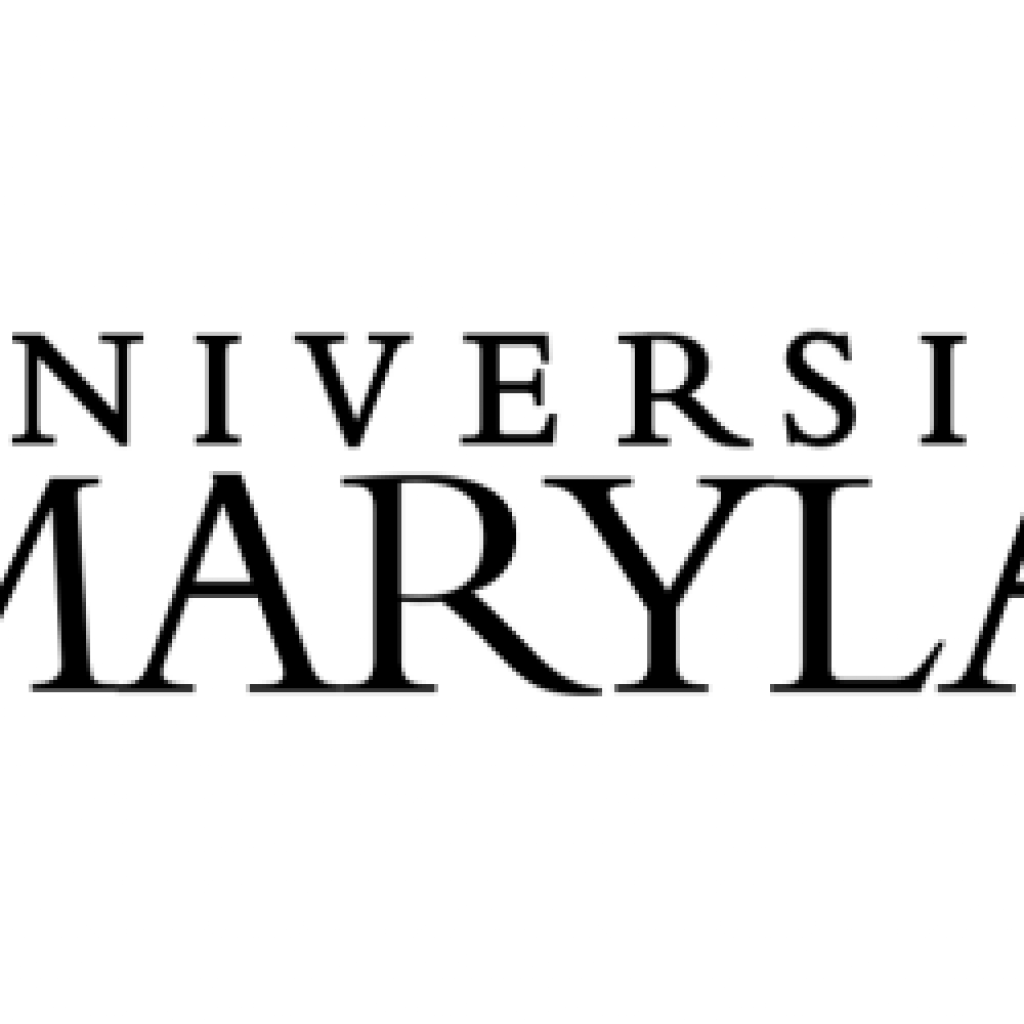(HPC.Wire) Researchers from The University of Maryland and IonQ, Inc. (“IonQ”), a leader in trapped-ion quantum computing, on Monday published results in the journal Nature that show a significant breakthrough in error correction technology for quantum computers. In collaboration with scientists from Duke University and the Georgia Institute of Technology, this work demonstrates for the first time how quantum computers can overcome quantum computing errors, a key technical obstacle to large-scale use cases like financial market prediction or drug discovery.
Quantum computers suffer from errors when qubits encounter environmental interference. Quantum error correction works by combining multiple qubits together to form a “logical qubit” that more securely stores quantum information. But storing information by itself is not enough; quantum algorithms also need to access and manipulate the information. To interact with information in a logical qubit without creating more errors, the logical qubit needs to be “fault-tolerant.”
The study, completed at the University of Maryland, peer-reviewed, and published in the journal Nature, demonstrates how trapped ion systems like IonQ’s can soon deploy fault-tolerant logical qubits to overcome the problem of error correction at scale. By successfully creating the first “fault-tolerant logical qubit” — a qubit that is resilient to a failure in any one component — the team has laid the foundation for quantum computers that are both reliable and large enough for practical uses such as risk modeling or shipping route optimization. The team demonstrated that this could be achieved with minimal overhead, requiring only nine physical qubits to encode one logical qubit. This will allow IonQ to apply error correction only when needed, in the amount needed, while minimizing qubit cost.
“This is about significantly reducing the overhead in computational power that is typically required for error correction in quantum computers,” said Peter Chapman, President and CEO of IonQ. “If a computer spends all its time and power correcting errors, that’s not a useful computer. What this paper shows is how the trapped ion approach used in IonQ systems can leapfrog others to fault tolerance by taking small, unreliable parts and turning them into a very reliable device. Competitors are likely to need orders of magnitude more qubits to achieve similar error correction results.”
IonQ and U of Maryland Researchers Demonstrate Fault-Tolerant Quantum Error Correction
